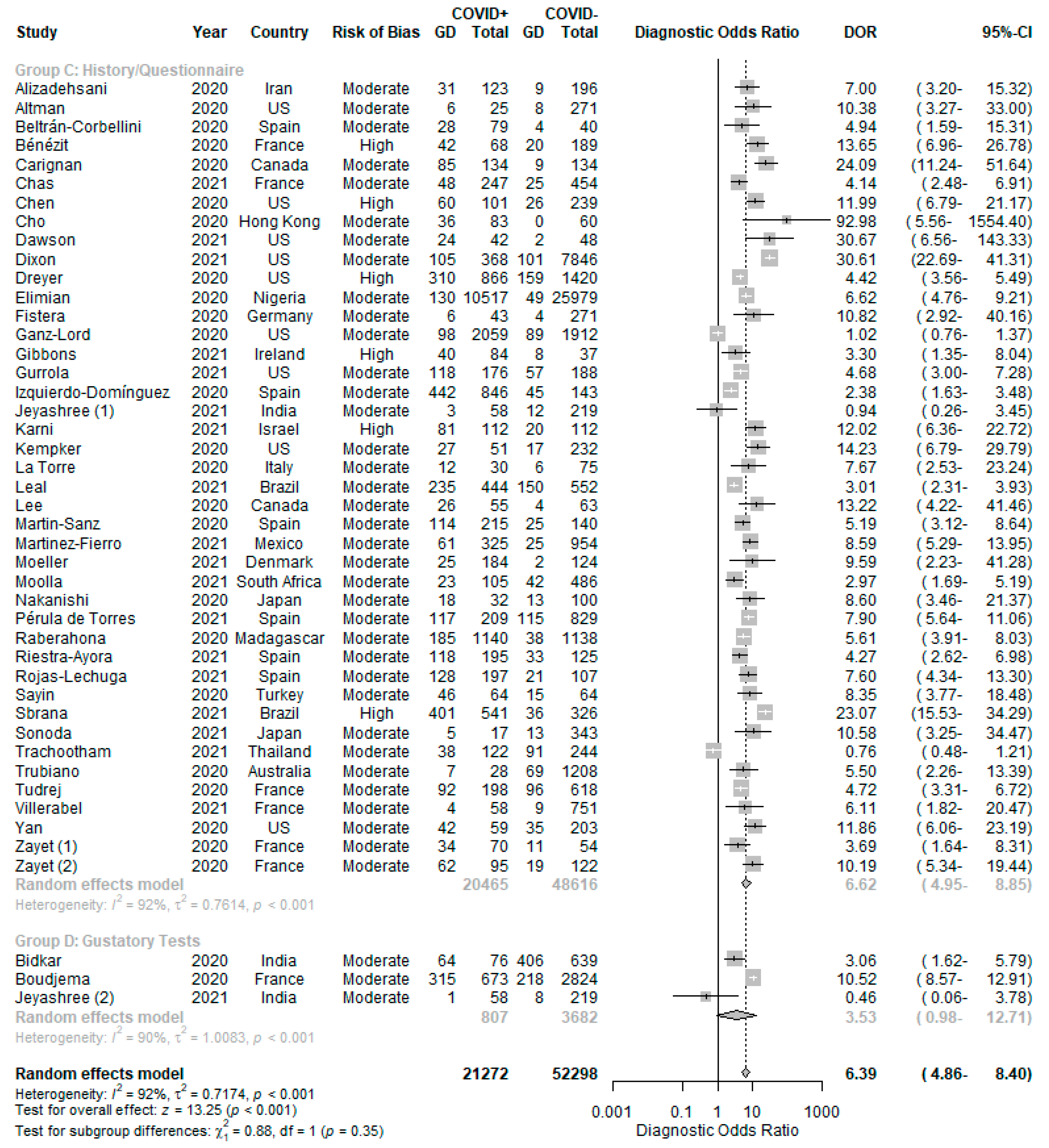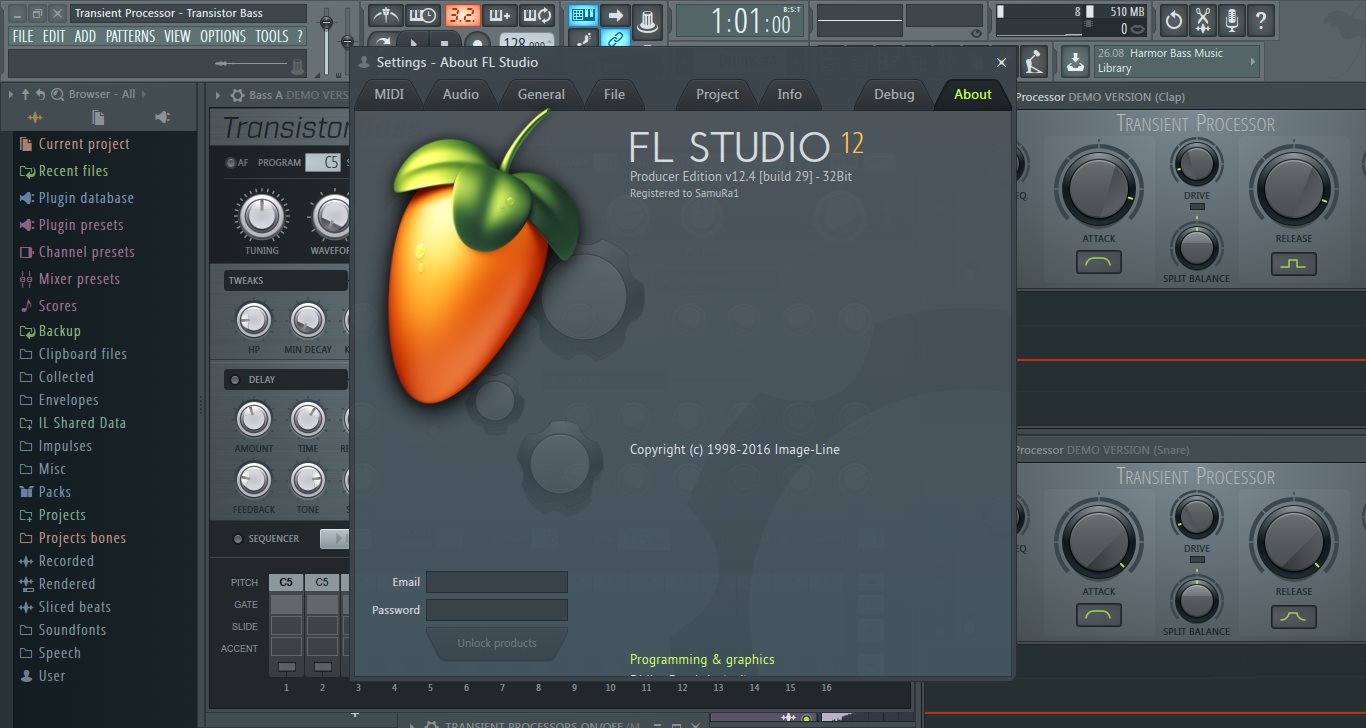
Additional vaccine strategies, mostly based on prime–boost schemes, have yielded different degrees of protection in non-human primate models 31, 32, 33, 34, 35. Another major line of research, based on sequential modulation of B cell responses along specific bNAb lineages by initial priming with germline-engaging core antigens followed by stepwise immunization with increasingly antibody-shielded Env forms, holds promise of success in recruiting the appropriate precursor B cells 28, 29, 30. Epitope-based vaccine approaches, guided by knowledge of the major structural vulnerability supersites recognized by bNAbs, have been extensively explored 24, 25 and recently yielded a partial success in inducing neutralization breadth by targeting the fusion peptide in glycoprotein (gp)41 (refs 26, 27). Preclinical studies with soluble forms of the HIV-1 Env trimer stabilized in a configuration similar to that presented on native viral particles, such as SOSIP trimers and variations thereof 12, 13, 14, 15, 16, 17, have documented robust induction of autologous neutralizing antibodies, primarily targeting strain-specific holes in the Env glycan shield, accompanied by large amounts of off-target, non-neutralizing antibodies primarily directed at the trimer base, further emphasizing the challenges in eliciting bNAbs by vaccination 18, 19, 20, 21, 22, 23. Only a single human vaccine trial, the RV144 study in Thailand, has hitherto yielded a low degree of protection (~30%), although it failed to elicit bNAbs and its partial success was not reproduced in recent attempts at corroboration in clinical trials conducted in Africa 9, 10, 11. Accordingly, most bNAbs that have been isolated from chronically infected individuals have unusual features, such as a high frequency of somatic hypermutations and long complementarity-determining regions 4, 5.Ī variety of HIV-1 vaccine approaches have been evaluated in preclinical models and clinical studies, but the results have been, overall, unsatisfactory 6, 7, 8. In the context of this unique combination of challenges, elicitation of bNAbs has proven extremely difficult to achieve by vaccination, and even natural HIV-1 infection leads to broad neutralization only in a fraction of infected individuals and only after months or years of persistent antigenic stimulation 1, 3.

FL STUDIO 12 REG KEY CHING LUI SERIES
A series of major hurdles are responsible for this lack of success, including the remarkable antigenic variability of the HIV-1 envelope (Env), the protected configuration of conserved neutralization epitopes due to both an extensive glycan shield and conformational masking, the relative in vivo rarity of B cells expressing germline precursors of broadly neutralizing antibodies (bNAbs), and the autoreactivity of bNAbs directed against certain Env sites 1, 2, 3. Thus, the multiclade env–gag VLP mRNA platform represents a promising approach for the development of an HIV-1 vaccine.Īlthough more than four decades have elapsed since the onset of the HIV/AIDS pandemic, a protective vaccine has yet to be developed.

Vaccinated animals had a 79% per-exposure risk reduction upon repeated low-dose mucosal challenges with heterologous tier-2 simian–human immunodeficiency virus (SHIV AD8). This regimen was highly immunogenic and elicited neutralizing antibodies against the most prevalent (tier-2) HIV-1 strains accompanied by robust anti-Env CD4 + T cell responses.

Macaques were primed with a transmitted-founder clade-B env mRNA lacking the N276 glycan, followed by multiple booster immunizations with glycan-repaired autologous and subsequently bivalent heterologous envs (clades A and C). In mice, immunization with co-formulated env and gag mRNAs was superior to env mRNA alone in inducing neutralizing antibodies.

Here, we show that a messenger RNA (mRNA) vaccine co-expressing membrane-anchored HIV-1 envelope (Env) and simian immunodeficiency virus (SIV) Gag proteins to generate virus-like particles (VLPs) induces antibodies capable of broad neutralization and reduces the risk of infection in rhesus macaques. The development of a protective vaccine remains a top priority for the control of the HIV/AIDS pandemic. Nature Medicine volume 27, pages 2234–2245 ( 2021) Cite this article A multiclade env–gag VLP mRNA vaccine elicits tier-2 HIV-1-neutralizing antibodies and reduces the risk of heterologous SHIV infection in macaques


 0 kommentar(er)
0 kommentar(er)
